When you make purchases through links on this site, The Track Ahead may earn an affiliate commission. Also, these posts are based off my own experiences. I am not responsible for any action you take as a result of reading this. Learn More
What is a Brake Pad Bedding Procedure?
When you install new brake pads, which are typically replaced at the same time as new brake rotors, it’s a good idea to break-in the brakes using a “bedding” procedure. A bedding procedure involves a series of controlled stops in order to transfer an even layer of brake pad material onto the new rotors. The reason why you want to do this is to prevent uneven “pad transfer”, which can cause you to experience wobble or vibration while you depress the brake pedal.
Many people contribute this vibration to warped brake rotors, which can mean different things. Sometimes, warped rotors can mean that the brake rotors have truly warped due to excessive heat. Other times, it may be due to uneven brake pad material transferring onto the brake rotor surface, also known as “pad transfer”. Because there is now an uneven surface on the brake rotor, when the brake pad contacts the rotor, it no longer produces a smooth contact which can cause vibration and noise.
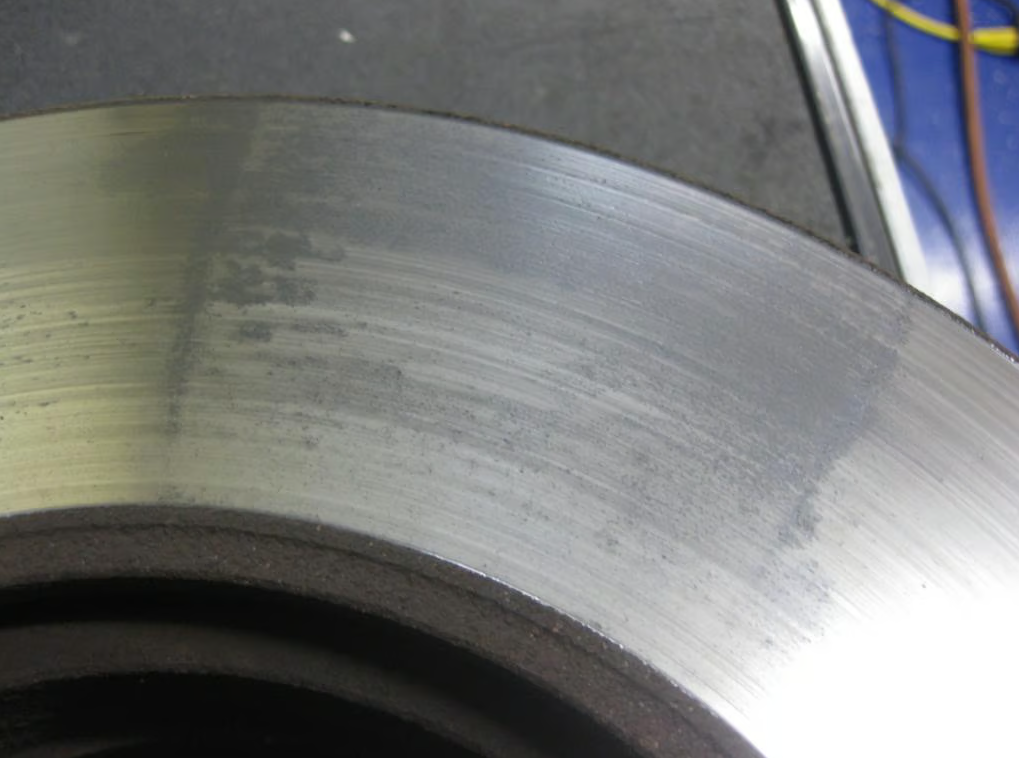
The way to combat the issue of uneven pad transfer is to proactively perform a bedding procedure after you’ve installed new brake pads and rotors. If you bed the brakes in correctly, you’ll purposely transfer a thin and even layer of brake pad material onto your brake rotors and leave you with a uniform surface for effective, quiet, and smooth braking. Generally, normal driving and braking will result in some level of brake pad transfer, but it won’t be as good as if you performed the bedding procedure in a more controlled fashion.
Since you will need to perform a series of braking from higher and lower speeds, you should find a location where you can drive without much traffic so that you can speed up and slow down without endangering yourself and others. My personal preference is to perform this during non-business hours in an industrial/business area.
How to Break In New Brake Pads & Rotors Using a Bedding Procedure
There are a number of different procedures out there for bedding in new brakes, but they all are similar in nature. Essentially the process is to brake moderately from a medium speed a number of times, brake aggressively from a higher speed a number of times, and then cool off the brakes.
Ensure you are in a safe location to do this procedure and use common sense when doing this. If you can’t get this procedure down perfectly, it’s OK. Just be safe and don’t endanger anyone’s safety in an effort to get this procedure down perfectly.
Here is a standard bedding procedure for breaking in your new brake pads and rotors:
- Accelerate to around 30 mph, then moderately brake to a near stop. Do this 3-4 times. Don’t come to a complete stop.
- Accelerate to around 50 mph, then aggressively brake to a near stop. Do this 4-6 times. Don’t come to a complete stop. When braking you should be braking hard, but not to the point where the tires skid.
- Drive around for 1-2 miles braking as little as possible to cool the brakes down. Try not to come to a complete stop during this time as the brake pads could potentially melt against the very hot brake rotors.
Finally, leave your car parked for at least an hour to fully cool it down. For automatics, leave the vehicle in park or for manuals, leave the vehicle in gear. Don’t engage the parking brake during this cooling period, but ensure the vehicle won’t roll on its own.
During and after this process, you may see smoke and smell an unpleasant burning odor. This is totally normal and once cooled down fully should clear. I hope this bedding procedure for new brakes was useful to you, as it has always been for me when installing a fresh new set of brake pads and rotors. Good luck and be safe!

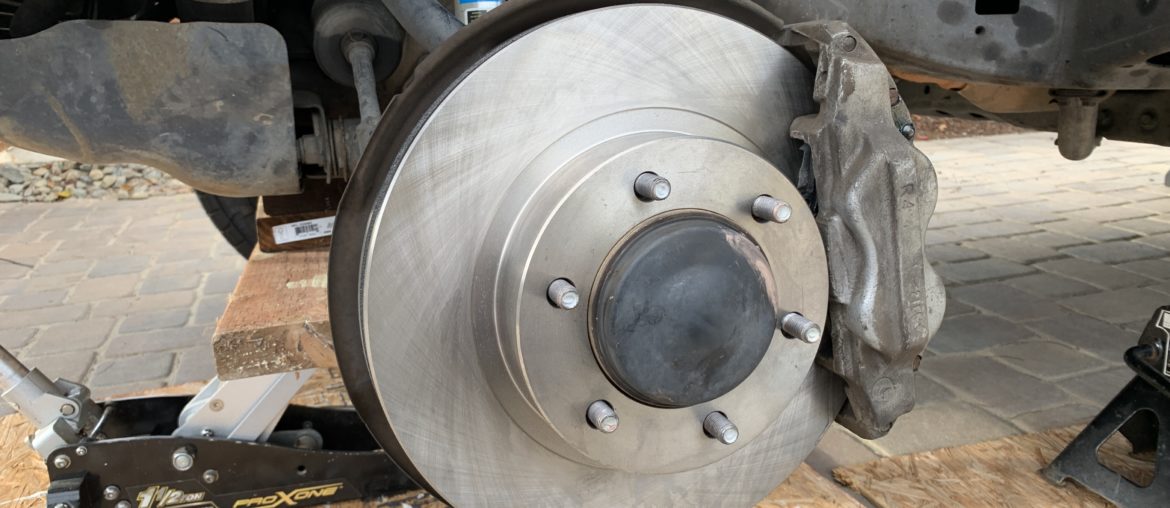
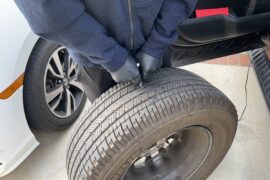
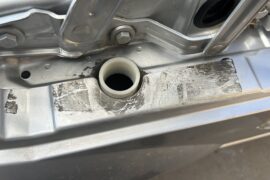
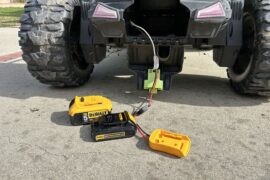

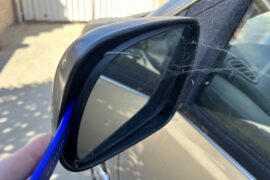
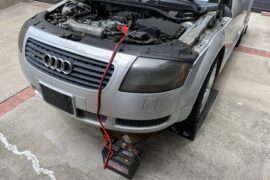
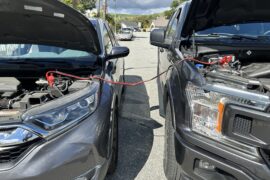
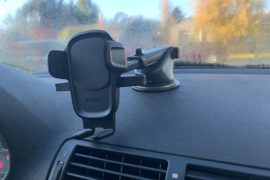
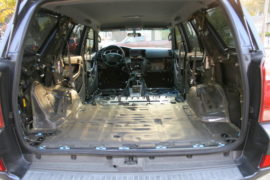
2 Comments
I want to express my gratitude for the amazing work you shared him this blog. My first time doing brake by myself. I BIG THANK YOU!!!
Please could tell how to follow all your amazing DIYs?
You’re welcome! You can subscribe through my subscribe form: https://thetrackahead.com/subscribe/